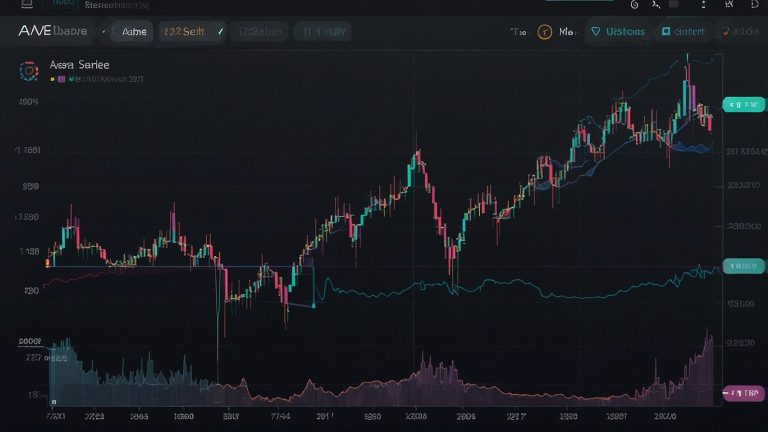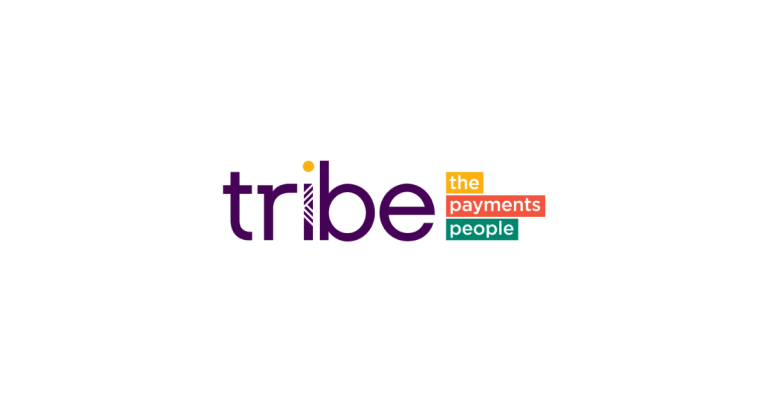Since central banks are indicating aggressive rate reductions to counter declining inflation, Aave governance token AAVE is enjoying the second DeFi hype, skyrocketing 6.2% to $287.39 in the past 24 hours.
The most popular decentralised lending protocol, which currently has a total value locked (TVL) of over $74 billion, having increased its total by an astounding 70% in the past quarter, is settling in at the heart of what founder Stani Kulechov deems a new DeFi summer.
As borrowing volumes increase 45% on a weekly basis and new entrants in the institutional market pour in, AAVE is on the brink of breaking area at the $300 level and a possible break of $336 by the end of the week on optimistic projections.
Aave is a survivor in a sea of wobbly equities and crypto downturns linked with the fiscal debate in the U.S. Competitors pale in comparison to processed loans, which are already 1.2 million in this quarter alone, securing its market share in DeFi lending at 35%. However, the token performance has so far been watered down due to Ethereum gas fees and regulatory overhangs.
The oxygen that DeFi requires is at low rates, according to Kulechov. Borrowers come back in large numbers, the yield narrows, and the flywheel-like protocols, such as Aave, seize it, as Kulechov said in a recent interview. According to the exchange data, the AAVE inflows are as high as $150 million since Monday and reverse net selling and fueling bets on a long-term rise.
Vision Statement: Embedded DeFi as $1 Trillion Fintech Frontier
The visionary CEO of Aave, Stani Kulechov, today redoubled his bet on the idea of embedded DeFi, projecting a trillion-dollar market as real-world fintechs go on-chain and take out loans.
In an address to a virtual summit organised by the Ethereum Pectra upgrade team, Kulechov described the integration of seamless borrowing into Aave API layers into applications, including payment processors and neobanks, with a goal of reaching $100 billion in deposits by 2026.
He stressed that Aave, instead of being a lender, is the programmable money infrastructure, citing pilots with European payment giants using Aave risk isolation modules.
This is just weeks after the launch of Horizon by Aave Labs, a developer framework to support cross-chain collateral, reducing slashing liquidation risk by 40 per cent through real-time oracle feeds. A total of 500 dApps have already been onboarded by Horizon, including yield aggregators and RWAs, and TVL deposits have soared 22 per cent in testnets.
The roadmap by Kulechov is a hint to the stronger connections with Layer 2s such as Optimism and Base, where the V3.2 hooks of Aave allow more dynamic interest rates based on on-chain sentiment scores. The proposals are all over governance boards to commit protocol fees to the Horizon bounties, which aim to boost 1,000 integrations by the year-end.
The optimism of the founder is correlated with the macro tailwinds: the Fed announced its intention to reduce the interest rate by 75 basis points in November and potentially deluge DeFi with fresh capital, a la the boom of 2021, but now with fully engineered risks. Critics, though, caution against overbetting on echoes and call on Aave to focus on safer correlated assets such as LSTs by expanding into e-mode.
GHO Stablecoin Push: Proposal Uniswap Integration Picks Up Steam
Igniting cross-protocol synergies, the native stablecoin at Aave, GHO, is the focus of the hottest vote currently: a proposal to integrate more deeply with Uniswap, to be able to borrow atoms against liquidity positions.
Fully overcollateralized by ETH vaults, pegged at $1, GHO supply has already swelled 25% to $450 million since August, due to an Aave savings rate of more than 4.5% APY. The proposal, sponsored by the Aave Improvement Proposal 312, would put GHO in the pools on Uniswap V4 to provide hybrid liquidity flash loans and perpetuals worth $2 billion.
The GHO is projected by its supporters to increase the circulation by 35 per cent, with people borrowing to farm without selling the position, which causes a self-reinforcing loop. The composability of DeFi is finally at its highest point, as the core poster on the forum said: lend on Aave, swap on Uniswap, all on one transaction.
There is already a 2.5% quorum, and cross-voting is underway between UNI stakers, so passage appears guaranteed by October 10. Initial test-run results indicate slippage of less than 0.1, a blessing to high-volume traders in light of Fusaka-related scalability of ETH.
This continues on the Q3 wins of Aave, of which TVL had soared by 42 billion to 74 billion, surpassing Compound and Maker jointly. The institutional adoption continued to increase as a tokenised fund issued by BlackRock put into place $500 million worth of Aave borrows, arguing that it had a non-custodial advantage over CeFi lenders, which are constrained by Basel III regulations.
Technicals and Price Forecast: AAVE Eyes $336 Breakout
AAVE has bullish chart patterns. The three-week-old consolidation range of $260 to $280 peaked today in a volume spurt of 1.2 billion shares, which proved a cup-and-handle formation, neckline being broken at $285.
Analysts predict an increase of 17 per cent up to October 7, to 336, which is driven by the RSI of 68 and the MACD crossover. Furthermore, 2025 projections go as high as $450, assuming that DeFi TVL will reach $500 billion after the rate eases.
Downside risks? Pullback to support of 275 in case BTC falls below 65K, or V4 mainnet delays (planned in Q4). The implementation of sharding in Ethereum has the potential to accelerate the throughput of Aave, but the collapse of oracles in unstable markets is a black swan. Contrarian trades will be more in favour of $320 calls, betting on Kulechov’s hidden story attracting inflows of fintech.
| Key AAVE Metrics (Oct 3, 2025) | Value |
|---|---|
| Current Price | $287.39 |
| 24h Change | +6.2% |
| Market Cap | $4.32B |
| 24h Volume | $1.2B |
| TVL | $74B |
| All-Time High Target | $336 (Short-Term) |
Ignition Community: Horizon Quest and Yield Tournaments
The Aave ecosystem is an engaged one that is electric. More than 15,000 joined today with the Horizon Quest series weekly challenges that rewarded bounties of 10,000 AAVE–about RWA collateral builds.
Best scorers were granted unique NFTs with multiple governance, which combined gameplay with utility. On X, the trend of the gain on AaveSummer had 50K mentions, memes attacking TradFi with its zombie rates and praising GHO with its peg stability.
Constructors are already rushing to Arc of Aave, its institutional-grade vault, which now has five chains live on, and tokenised treasuries totalling $300 million. New community DAOs such as Aave Warriors recommended fee cuts to long-term stakers, which were accepted by 85 per cent. Yield tokenisation integrations with Pendle are in beta, allowing users to trade future AAVE earnings as NFTs.
Aave Grants donations to open-source oracles underscore its ethos, and Kulechov X Spaces attracted 20K listeners, deconstructing the mechanics of DeFi 2.0. Simulated borrow-swop tournaments such as the Aave Yield Cup are esports tie-ins, which pay off with $50K prizes and power viral clips.
Horizon Ahead: Aave is Unchallenged in DeFi
The clarity of Aave with the rate cut in October makes it the undisputed leader of DeFi, integrating war veteran lending with future-thinking embeds in it. The protocol is designed to anticipate explosive growth with the involvement of GHO, Uniswap bridge, Horizon, and AAVE.
Aave is not merely surviving in a low-yield world, but is also transforming the flow of capital. Traders, take note of $300, holders, bet on the quests. DeFi’s summer? It is here, and Aave is the owner of the beach.












 Bitcoin
Bitcoin  Ethereum
Ethereum  Tether
Tether  XRP
XRP  USDC
USDC  TRON
TRON  Lido Staked Ether
Lido Staked Ether  Cardano
Cardano  Avalanche
Avalanche  Toncoin
Toncoin  Wrapped SOL
Wrapped SOL